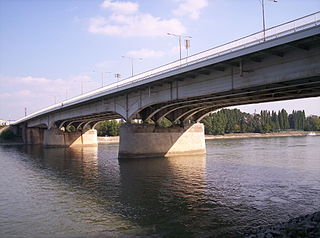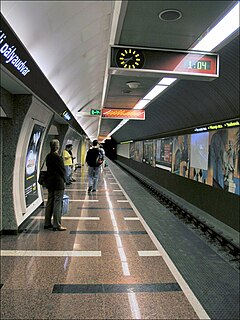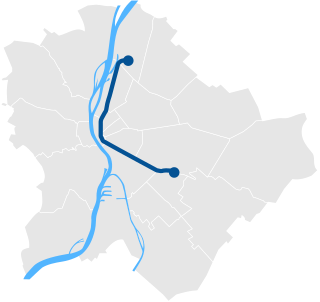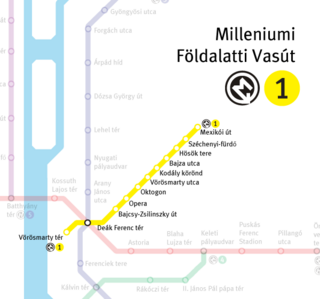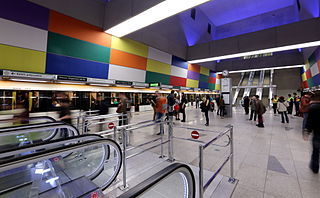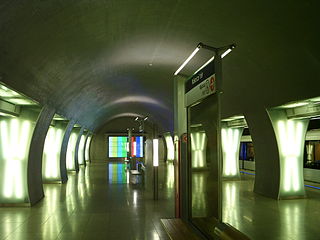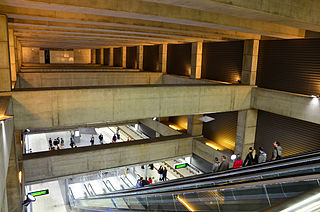This article may be expanded with text translated from the corresponding article in French. (January 2022)Click [show] for important translation instructions.
|
This article may be expanded with text translated from the corresponding article in Hungarian. (January 2022)Click [show] for important translation instructions.
|
| Budapest Tram Line 1 | |
|---|---|
| Overview | |
| Status | Operational |
| Line number | Line 1 |
| Termini | Bécsi út / Vörösvári út Kelenföld vasútállomás |
| Stations | 31 |
| Service | |
| Type | Rapid transit |
| System | Trams in Budapest |
| Operator(s) | BKV |
| History | |
| Opened | 1984 |
| Technical | |
| Line length | 16.5 km (10 mi) |
The Tram Line 1 of Budapest (in Hungarian: budapesti 1-es jelzésű villamosvonal) is a line operated by BKK Zrt., the transport authority of Budapest. It was commissioned in 1984 [1] between Bécsi út / Vörösvári út and Lehel utca. It then has numerous extension phases, which in 2000 make it possible to connect north to south of Pest along the great ring road (Róbert Károly körút - Hungária körút - Könyves Kálmán körút), between the Árpád híd and Rákóczi híd bridges. Since March 2015, the line also crosses the Danube in its southern part, and it was further extended in 2019 to Kelenföld vasútállomás M. [2] It now runs between Bécsi út / Vörösvári út and Kelenföld vasútállomás.



